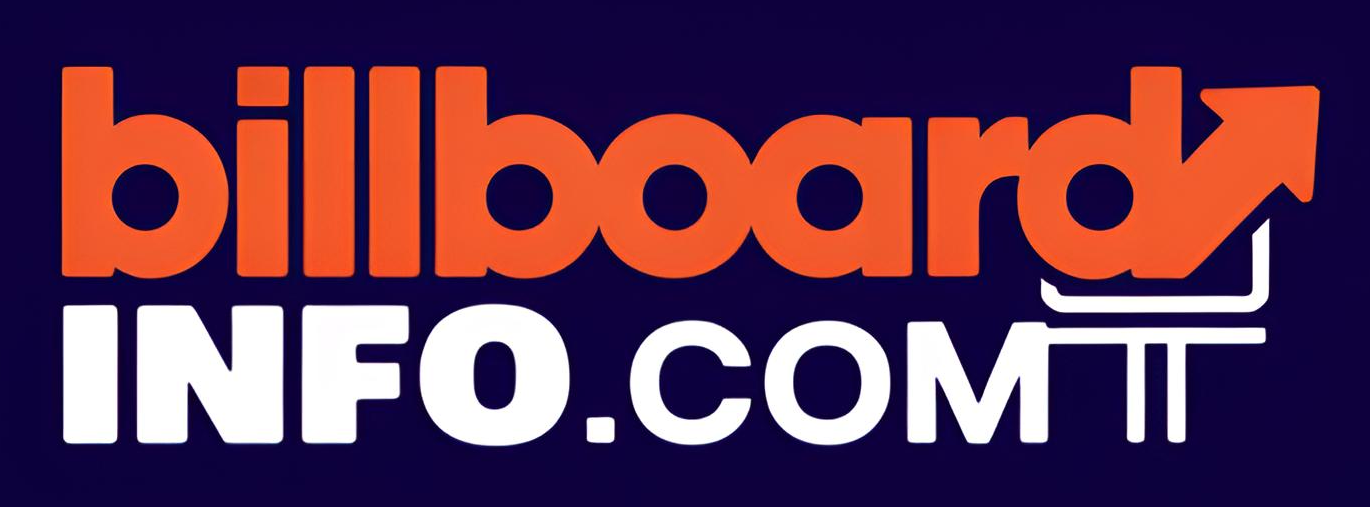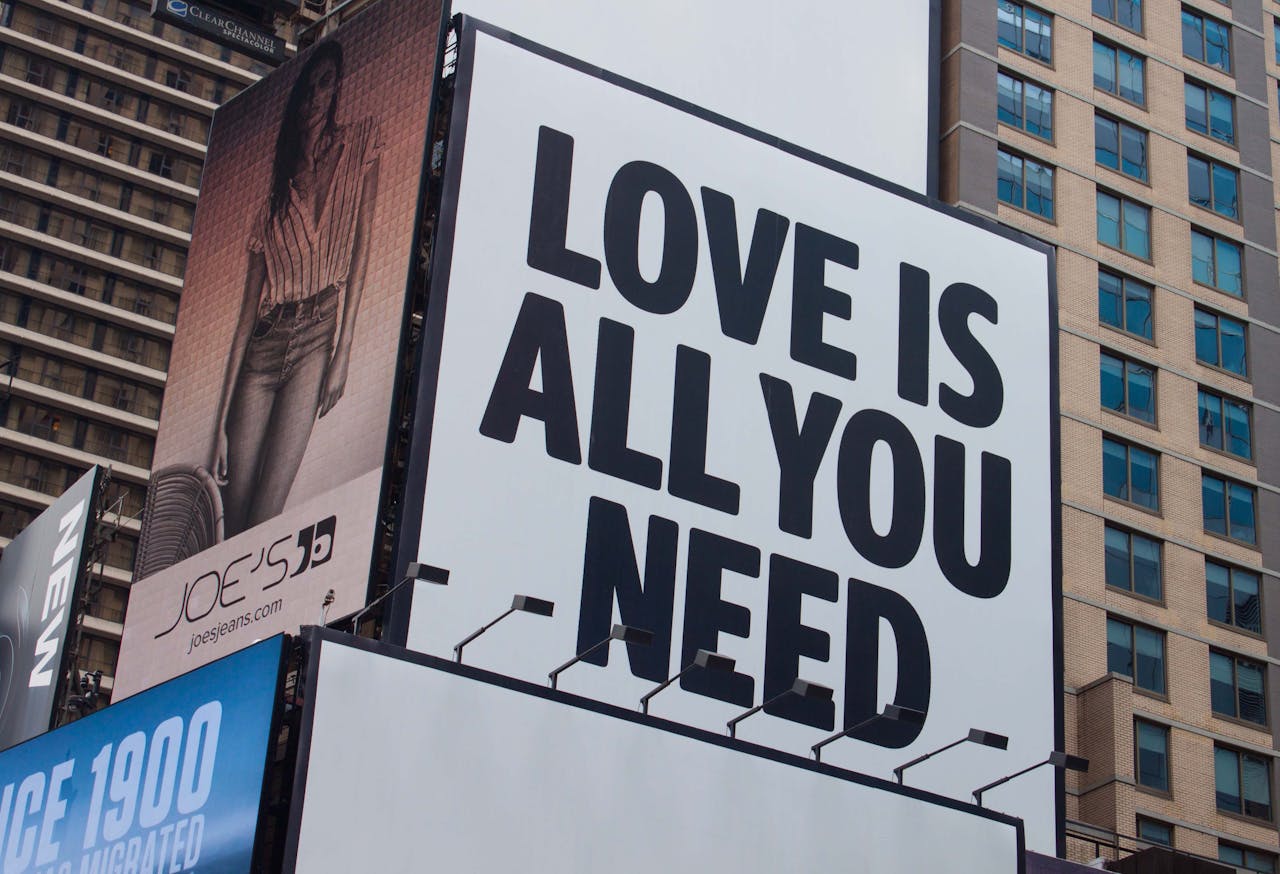In a world dominated by digital screens and swipeable content, it might be easy to assume that traditional advertising—especially billboards—is on its way out. But drive down any major highway or through a buzzing city center, and you’ll quickly see that outdoor advertising is not only alive but thriving. In fact, when done right, a billboard can be more than just a roadside distraction—it can be a memorable, impactful statement. So, what exactly makes certain outdoor ads unforgettable while others fade into the background?
Let’s take a closer look at the key elements behind billboard brilliance.
1. Simplicity is Power
One of the biggest challenges with billboard advertising is the extremely limited window you have to capture attention. Whether someone is zipping past at 60 mph or walking by on a crowded street, you have just a few seconds—maybe even less—to make your message stick. This is where simplicity becomes your best friend.
The most unforgettable billboards strip their message down to the essentials. Think bold text, minimal words, and one clear idea. A great example is Apple’s iconic “Shot on iPhone” campaign. The visuals did all the talking—no need for long explanations. The message? Crystal clear. The product? Front and center. The impact? Massive.
2. Bold Visuals That Pop
Visual storytelling is at the heart of outdoor advertising. A billboard is essentially a giant canvas, and the most effective ones use that space to tell a story without needing to say much at all. Color choice, contrast, composition, and imagery can all determine whether your ad gets a glance or a genuine reaction.
A striking image, an unexpected juxtaposition, or even an optical illusion can create the kind of visual “hook” that lodges in someone’s memory. Consider Coca-Cola’s use of their signature red and white colors with clean, bold imagery. Even without reading the words, your brain recognizes the brand in an instant.
3. Location, Location, Location
Even the most brilliantly designed billboard can fail if it’s not placed in the right spot. Location matters—not just for visibility, but for context. A well-placed billboard that connects with its surroundings can become a talking point in itself.
Take the famous British Airways billboard in London that pointed toward actual planes as they flew overhead, displaying real-time flight information. It worked because of where it was placed—in a high-traffic area, near an airport, where the message felt both relevant and magical.
4. Humor and Surprise Win Hearts
If you can make someone laugh or do a double-take, you’re halfway to being remembered. Humor has a unique power to cut through the noise and make an emotional connection.
Take for example, Chick-fil-A’s long-running campaign featuring cows urging people to “Eat Mor Chikin.” The idea is absurd, clever, and instantly recognizable. Or consider a billboard that’s intentionally “falling apart” or spilling over the side. That kind of playful creativity makes people look twice—and remember.
5. Emotional Impact
While humor is one path to memorability, emotion in general plays a huge role. Whether it’s joy, nostalgia, hope, or even outrage, an ad that stirs up feelings is one that sticks around in someone’s mind long after they’ve passed it.
Public service announcements often use this strategy effectively. For instance, a billboard from the New Zealand Transport Agency used a haunting image of a crashed car frozen mid-collision, with the slogan, “The faster you go, the bigger the mess.” The visual was shocking, the message clear, and the emotional impact undeniable.
6. Interactive and Tech-Enhanced Designs
Billboards aren’t limited to paper and paint anymore. Thanks to advancements in technology, interactive and digital billboards are making waves in the ad world. These kinds of designs don’t just display a message—they invite people to engage with it.
For example, McDonald’s ran a digital billboard in Sweden that acted like a game of Pong controlled by people’s phones. Not only was it fun, but it created a buzz that extended far beyond the physical location, thanks to people sharing their experience on social media.
7. Consistency with Brand Voice
At the end of the day, a billboard still serves a purpose—it needs to align with the overall brand identity. Whether it’s cheeky and fun, sophisticated and sleek, or bold and disruptive, the tone of a billboard should mirror the personality of the brand it represents.
Think of Nike’s billboards: short, strong messages like “Just Do It” paired with powerful imagery of athletes in motion. They don’t just sell shoes—they sell a mindset. That kind of consistency reinforces brand identity and builds long-term recognition.
The Lasting Impression
Billboards might be old school, but the best ones feel anything but outdated. They’re proof that with the right mix of creativity, clarity, and context, a single image on the side of a road can rival even the flashiest social media campaign.
Unforgettable outdoor ads don’t just ask us to buy something—they entertain us, move us, make us think, or simply make us smile. They become part of the landscape, sure, but also part of our memory. And that’s the real magic of billboard brilliance.


